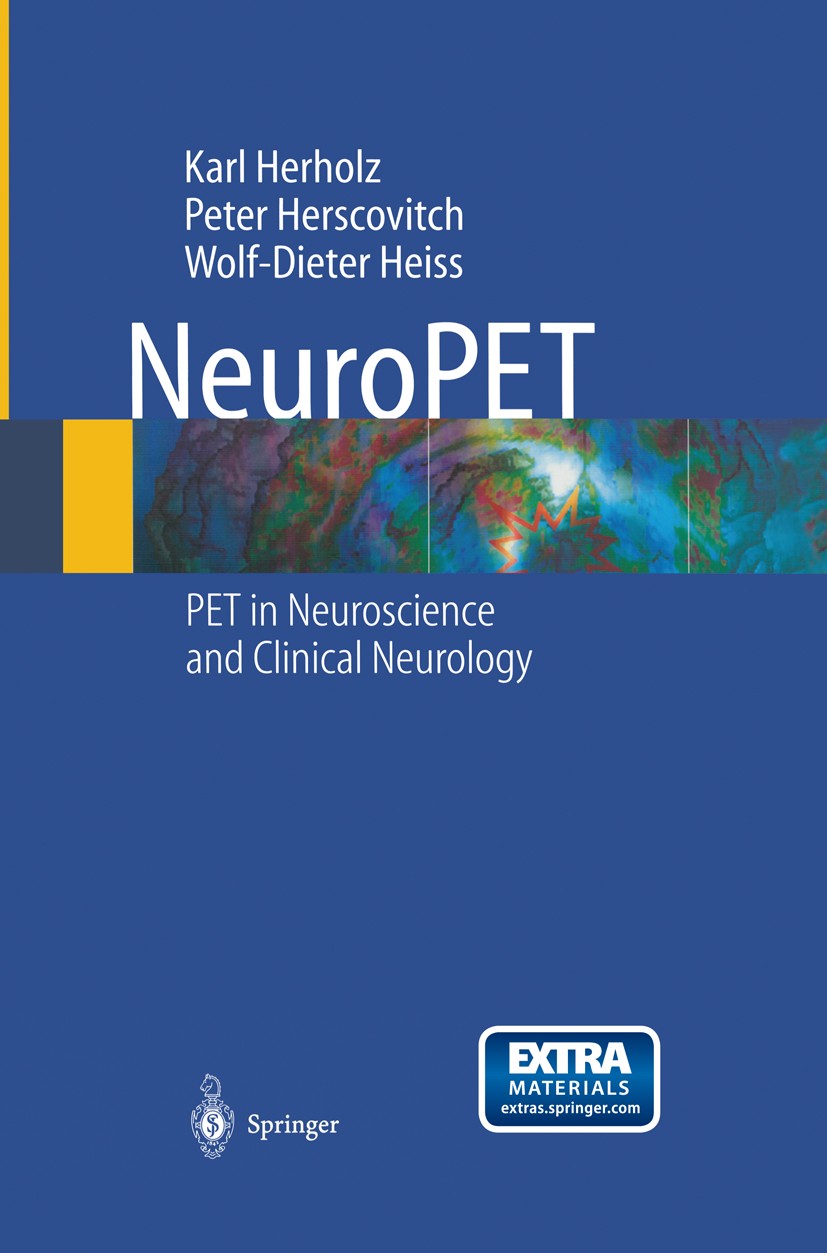| 书目名称 | NeuroPET | | 副标题 | Positron Emission To | | 编辑 | K. Herholz,P. Herscovitch,W.-D. Heiss | | 视频video | http://file.papertrans.cn/664/663836/663836.mp4 | | 概述 | Includes supplementary material: | | 图书封面 |  | | 描述 | Positron emission tomography (PET) provides unbiased in vivo measurement of local tracer activity at very high sensitivity. This is a unique property unmatched by other imaging modalities. When PETwas introduced into medicine more than 25years ago, the first organ of major interest was the brain. Since then, PET has flourished as an extremely powerful and versatile tool in scientific brain studies, whereas its use as a diagnostic tool in clinical neurology remains limited. This is in contrast to its use in otherapplications,particularlyoncology,where its value in clinical diagnosis is more widely appreciated. Wethink this situation is unfortu nate, because PET can contribute more to clinical neurology and clinical neuro science than is generally perceived today. Realization of its potential will require very close cooperation between PETexperts and clinicians and the integration of PET into clinical studies. Thus, in this book we review PETin neuroscience,with particular emphasis on findings that indicate its potential for improving diagno sis and treatment in neurology and psychiatry. We want to improve the trans ferability of the enormous scientific advances in brain PET into | | 出版日期 | Book 2004 | | 关键词 | Alzheimer; Nuclear medicine; Tumor; adenosine; cerebrovascular disease; dementia; diagnosis; neurology; neur | | 版次 | 1 | | doi | https://doi.org/10.1007/978-3-642-18766-7 | | isbn_softcover | 978-3-642-62283-0 | | isbn_ebook | 978-3-642-18766-7 | | copyright | Springer-Verlag Berlin Heidelberg 2004 |
The information of publication is updating

|
|
 |Archiver|手机版|小黑屋|
派博传思国际
( 京公网安备110108008328)
GMT+8, 2025-11-13 09:25
|Archiver|手机版|小黑屋|
派博传思国际
( 京公网安备110108008328)
GMT+8, 2025-11-13 09:25


